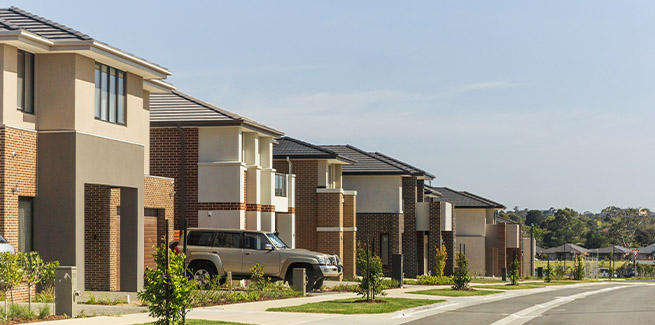The ABS had undertaken research to identify ways of tracking the relationship between land, regulation and housing supply, in response to the government’s National Housing and Homelessness Agreement (NHHA).
The NHHA, which commenced in July 2018, provides around $1.6 billion each year to states and territories, with the aim of improving access to affordable housing.
The ABS has given two recommendations to the Housing and Homelessness Data Working Group (HHDWG), which is part of the NHHA, to measure the impacts of regulation on housing supply.
The first is to work towards a suite of nine indicators, which would showcase data characterising land, regulation and housing supply.
The ABS is working to produce a few of the recommended indicators: counts of numbers and proportions of lot parcels by zoning (classified by main use) and size, as well as numbers of dwellings approved by zone and lot size.
The data sets will be published at a small area level for major urban levels.
All of the recommended indicators for the HHDWG fall under three categories listed below:
General lot characteristics:
- Number/proportion of lots by zone and size – A basic description of the stock of existing lots and their intended use
- Area rezoned (by prior zoning) as a proportion of all land - Indicating the extent of change in zoning
Restrictions on the residential use of lots:
- Number/proportion of lots permitting residential use (including mixed use) – A basic description of the stock of land available for any form of residential use
- Number/proportion of residential lots able to be subdivided - Indicating the scope for future densification through subdivision
- Number/proportion of lots permitting higher density residential uses – Indicating the availability of land for higher-density residential buildings or subdivision
Supply and outcome indicators:
- Number of dwellings approved as a proportion of dwelling stock – A base measure of relative increase in the supply of new dwellings
- Number/proportion of dwellings approved by zone and lot size – Indicating the utilisation of different zones for residential use
- Number/proportion of residential approvals by type of structure – Indicating the extent of higher-density development activity
- Number of dwelling demolitions as a proportion of dwelling stock – Indicating land repurposing
The second recommendation from the ABS was to further explore sources of disaggregated data on land values.
“This would enable better modelling of the impacts of regulation and other factors on land price and use,” the ABS stated.
“Land value information could be further enhanced through integration with some of the datasets identified.”
The bureau is also investigating the value and feasibility of acquiring disaggregated data from state and territory valuer-generals (or equivalent) – which will support a range of new and existing work including its national land accounts and future urban land statistics.
The House of Representatives committee that has led the recent inquiry into housing affordability and supply is due to deliver its final report soon.
Recently, Reserve Bank of Australia (RBA) governor Philip Lowe told another parliamentary committee, led by the same chair, that more flexible housing supply-side measures were needed from the government, including zoning, urban planning and transportation links.
[Related: Housing supply needs to be more flexible: RBA governor]
 ;
;
